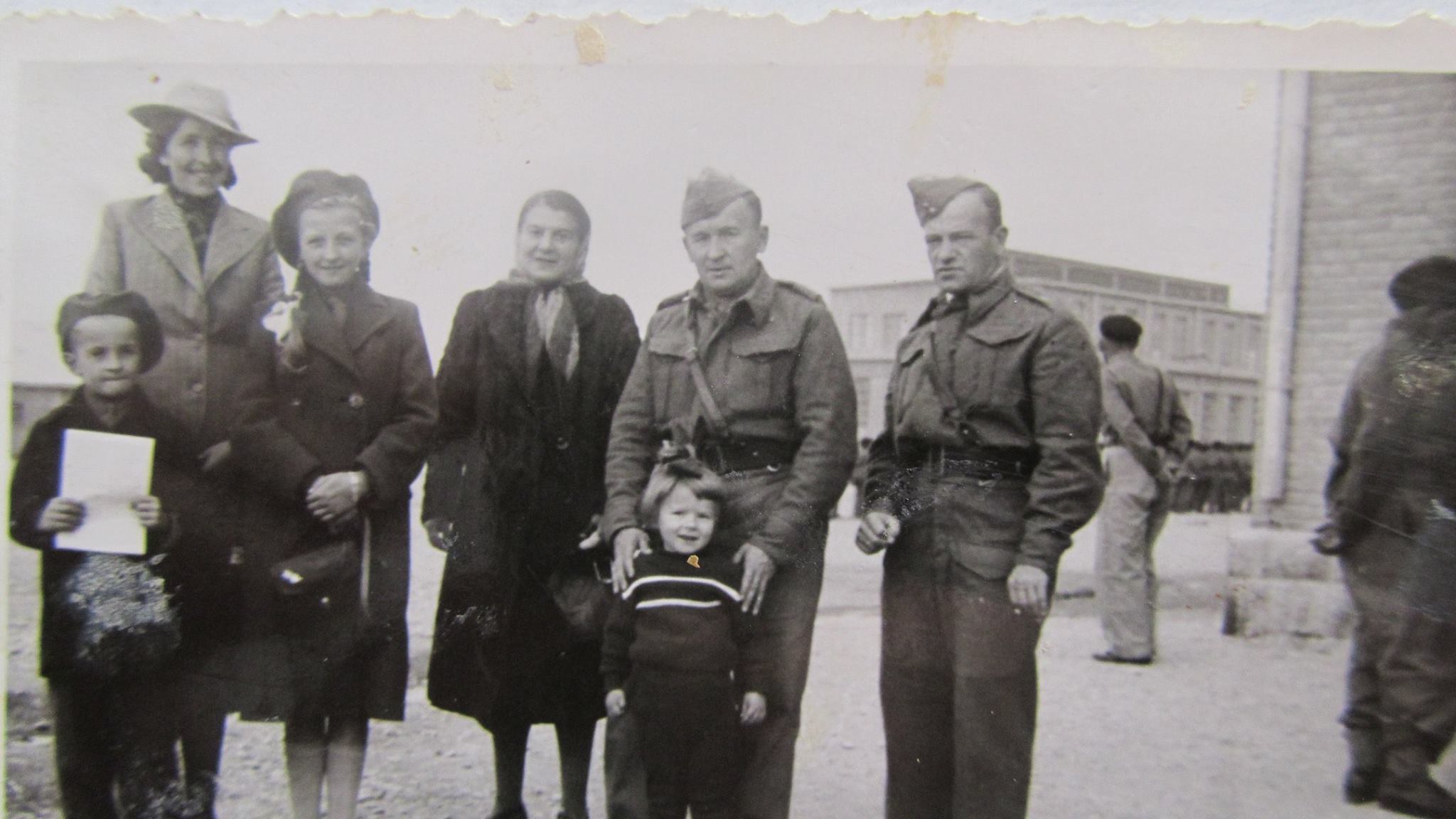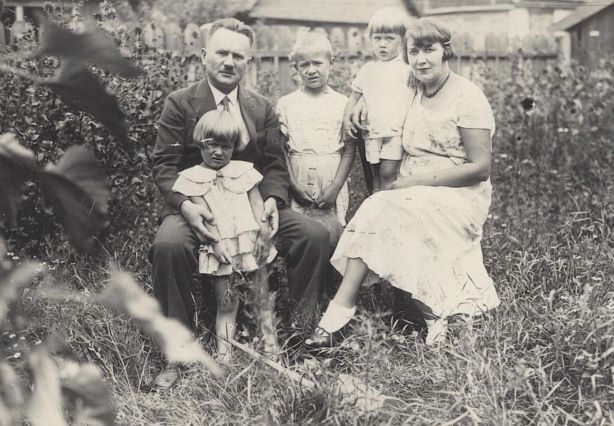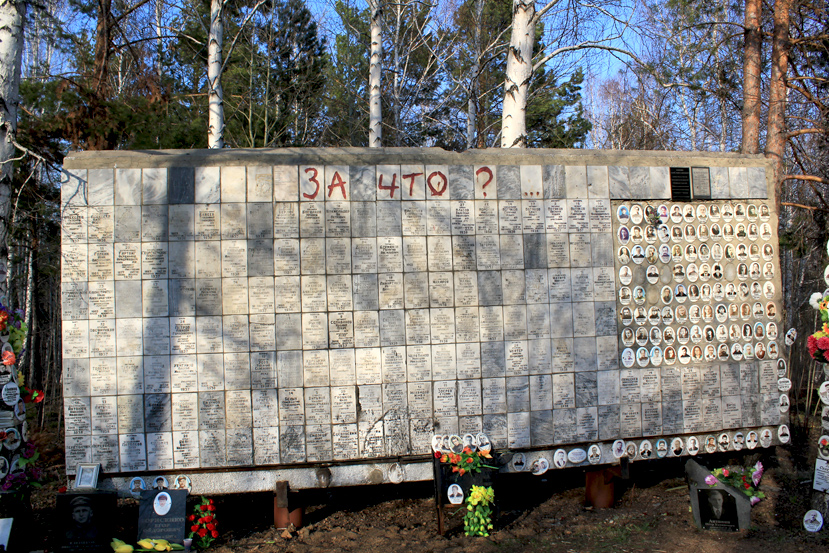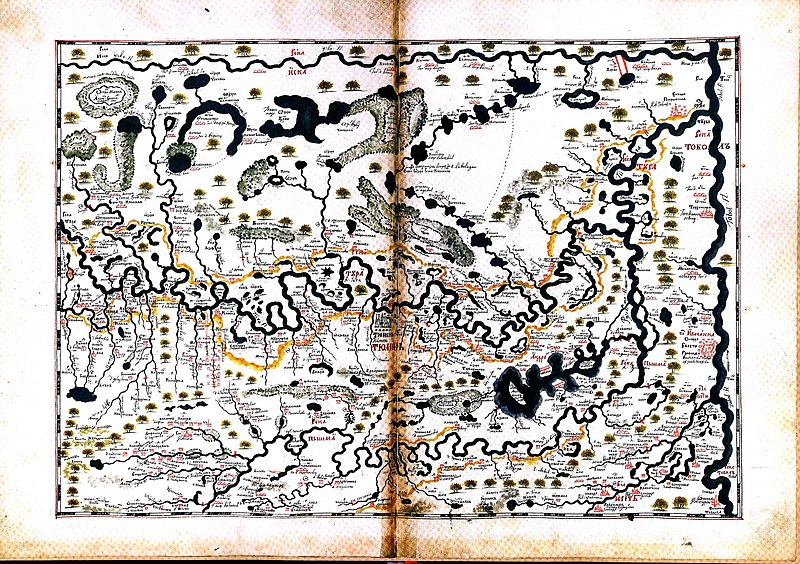On 24 March 1942, the first stage of the evacuation of the soldiers serving in the so-called Anders Army from the Soviet Union to Persia began. About 78,000 exiles, who joined the Polish army and 37 thousand civilians, including about 18,000 Polish children were evacuated in total.
On the morning of 13 April 1940, NKVD soldiers came banging against the doors of the homes of more than 60,000 residents of eastern Poland. They ordered them to pack quickly and loaded them into cattle wagons.
There was a time when large numbers of Poles in the Soviet Union lost their lives simply because of their origin and surname. One of the elements of the “Great Terror” unleashed by Stalin in 1937-1938 was the so-called “Polish Operation”, in which NKVD officers, on suspicion of espionage, mu
The first Siberian fortresses were built by Polish prisoners of war who had been taken captive by Moscow authorities precisely during the war initiated by Stefan Batory.








